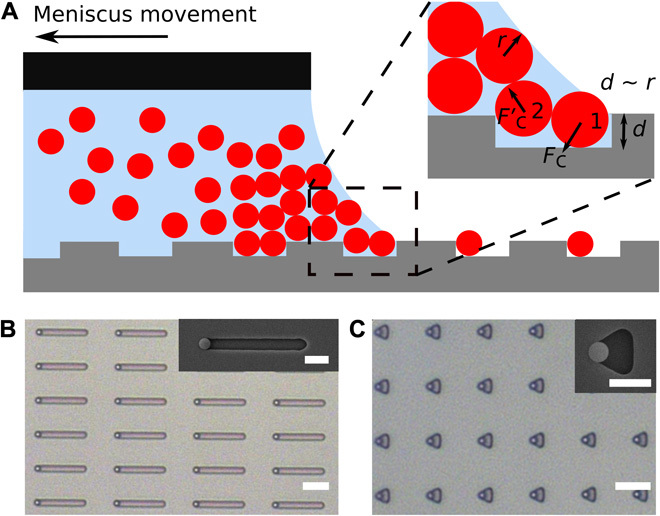Fig. 1. Working principle of depositing a single particle in a large trap.

(A) Scheme of the assembly in rectangular traps (1.2 × 2.2 μm2), with the trap depth d approximately equal to the particle radius r (d = 510 nm, r = 500 nm). The zoom shows the front particle (particle 1) experiencing a downward capillary force Fc perpendicular to the meniscus. The force Fc partly transmits to the rear particle (particle 2), leading to an upward force F′c in the presence of a small vertical displacement, which pushes particle 2 out of the trap. Eventually, only particle 1 is assembled in the trap. (B and C) Trapping only a single particle is also found in 10-μm-long traps (B) and in triangular traps (C). The insets to (B) and (C) are the corresponding scanning electron microscopy (SEM) images. Scale bars, 5 μm (B and C) and 2 μm (insets to B and C).
